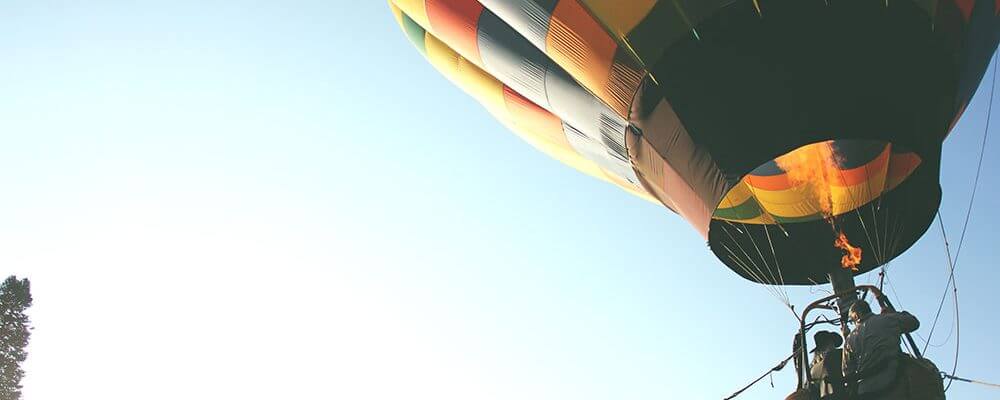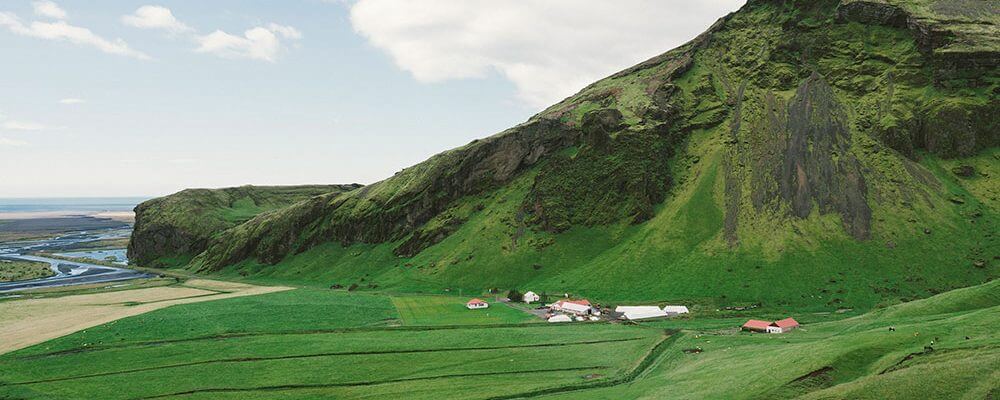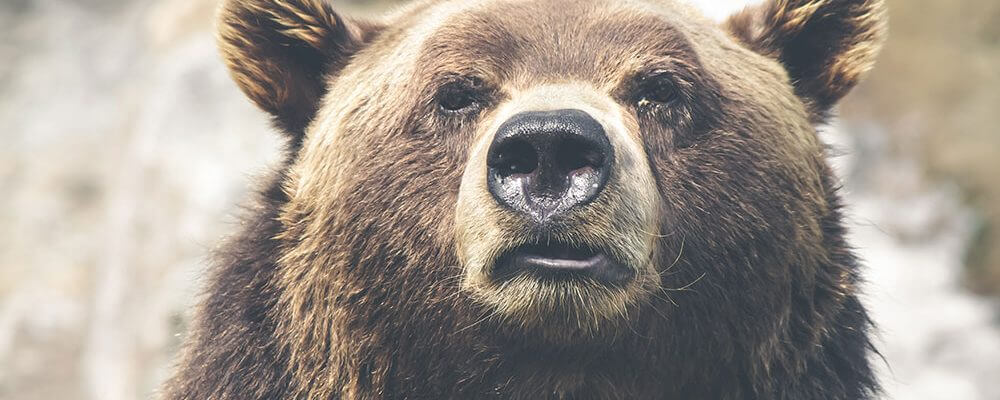A community is a social unit of any size that shares common values. Although embodied or face-to-face communities are usually small, larger or more extended communities such as a national community, international community and virtual community are also studied.
In human communities, intent, belief, resources, preferences, needs, risks, and a number of other conditions may be present and common, affecting the identity of the participants and their degree of cohesiveness.
Since the advent of the Internet, the concept of community has less geographical limitation, as people can now gather virtually in an online community and share common interests regardless of physical location. Prior to the internet, virtual communities (like social or academic organizations) were far more limited by the constraints of available communication and transportation technologies.
The word “community” is derived from the Old French comunete which is derived from the Latin communitas (from Latin communis, things held in common), a broad term for fellowship or organized society. One broad definition which incorporates all the different forms of community is
a group or network of persons who are connected (objectively) to each other by relatively durable social relations that extend beyond immediate genealogical ties, and who mutually define that relationship (subjectively) as important to their social identity and social practice
Definitions of community as “organisms inhabiting a common environment and interacting with one another,” while scientifically accurate, do not convey the richness, diversity and complexity of human communities. Their classification, likewise is almost never precise. Untidy as it may be, community is vital for humans. M. Scott Peck expresses this in the following way: “There can be no vulnerability without risk; there can be no community without vulnerability; there can be no peace, and ultimately no life, without community.”









